Preserving the quintessence of cultural characteristics
Preserving and promoting the cultural values of ethnic minorities is identified as a key task to build a civilized and modern society, while strengthening national solidarity, arousing endogenous strength and creating momentum for sustainable development.
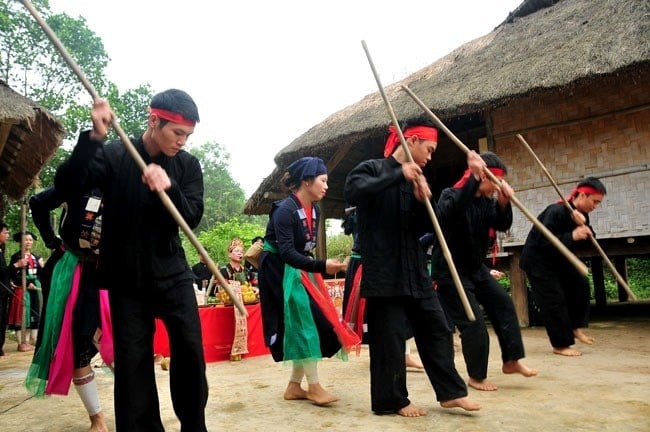
Thai Nguyen province currently has nearly 1.8 million people, with many ethnic groups living together in 92 communes and wards. Despite many difficulties in life, ethnic people still persistently preserve, maintain and pass on the unique customs and cultural practices of their communities.
That has created diversity and richness in the cultural value system, contributing to affirming the unique identity of Thai Nguyen.
This place can be imagined as a colorful "cultural flower garden", ranging from brocade weaving, customs, folk songs to traditional festivals bearing the mark of ethnic minorities.
Located at the gateway of economic , cultural and social exchange with the capital Hanoi and the delta provinces, and at the same time being the core of the center of Viet Bac, Thai Nguyen has long been a gathering place and a stopover for many ethnic groups on their journey to find a peaceful life.
The Kinh people from the lowlands, together with the Tay, Nung, Dao, Mong, San Diu, San Chay, Hoa... ethnic groups settled down to establish villages and hamlets, creating the appearance of the streets and villages of Thai Nguyen today.
Over time, this coexistence has created a profound cultural and customary exchange. Ethnic residents have formed a common language, bonded through marriage and work – forming a generation of children with the blood of many ethnic groups, reflecting the spirit of harmony and development of the multi-colored culture of Thai Nguyen.
Preserving identity in modern life
Along with scientific and technological advances, the process of industrialization, modernization and the development of market mechanisms, social life requires ethnic people to proactively adapt and innovate to integrate into the modern living environment.
However, under the pressure of the market economy, many traditional values are at risk of fading away: folk songs and folk dances are of little interest to young people; traditional crafts such as knitting, weaving, and embroidery are gradually becoming "display products" rather than daily activities.
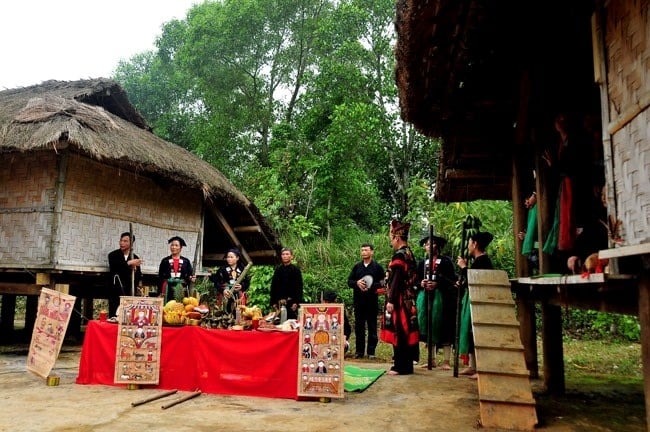
Notably, a number of officials and people are still not fully aware of the role of culture and arts in community life; many spiritual rituals are viewed one-sidedly; some ethnic minority children are still hesitant to use their mother tongue or wear traditional costumes.
Faced with that reality, Thai Nguyen province has implemented many programs and projects to preserve and promote the traditional cultural values of the people.
The activities are associated with the implementation of Resolution 5 of the Central Committee (VIII term) on "Building and developing an advanced Vietnamese culture imbued with national identity"; Project "Preserving and developing the culture of Vietnam's ethnic minorities" and Resolution 7 of the Central Committee (IX term) on "Ethnic work".
Thanks to that, ethnic communities have formed more positive awareness, knowing how to respect and be proud of their own customs, practices and identities.
Many scientific projects, research programs, and folk culture collections have been effectively implemented: the restoration of the Tay wedding in Lam Vy commune, the harvest praying ceremony of the San Diu ethnic group in Vo Tranh, the coming-of-age ceremony of the Nung Phan Sinh in Nam Hoa, or the project to preserve the Then heritage, Luon Coi and Luon Sluong singing in the Tay community.
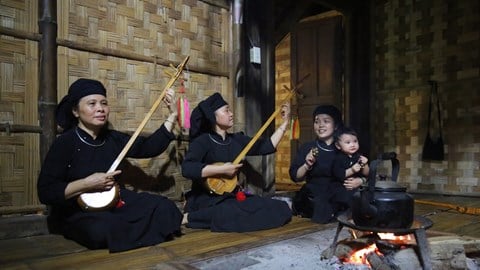
Cultural preservation, tourism development
Along with that, unique traditional festivals such as Xuan Duong Love Market , Long Tong Festival in Na Lien Ma or Mu La Festival in Cao Minh have been restored, meeting the spiritual needs of the people. Thanks to the participation of all levels, sectors and the efforts of the people themselves, many intangible values that were once at risk of being lost have been restored.
Currently, the whole province has nearly 600 intangible cultural heritages, including 1 heritage recognized by UNESCO as a representative intangible cultural heritage of humanity, 45 national heritages, along with 3 People's Artisans and 19 Meritorious Artisans - "living treasures" contributing to preserving and teaching cultural quintessence to the younger generation.
A prominent direction of Thai Nguyen is to combine cultural preservation with community tourism development. In Tuc Tranh area (Dong Tam hamlet), San Chay people still preserve the Tac Xinh dance and Sang Co singing - values recognized as national intangible cultural heritage.
According to the people of Dong Tam hamlet, although the number of visitors is not much, welcoming visitors helps people change their mindset, gradually serving tourism more professionally.
The Tac Xinh dance – associated with the harvest praying ceremony – has a cheerful rhythm, simulating production activities, reflecting the spirit of community solidarity. These unique features are becoming a source of inspiration to create tourism products bearing the mark of local culture.
In many communes, the San Chay, Mong, and Dao ethnic groups are also actively building community tourism models based on their own cultural identities. People have proactively repaired stilt houses and restored customs to welcome visitors, but still need more support to effectively exploit the available potential.
The province is implementing four tourism product lines, including community tourism associated with the identity of ethnic minority areas. At the same time, we are advising on the issuance of policies to support the development of five community tourism spots concentrated in mountainous areas.
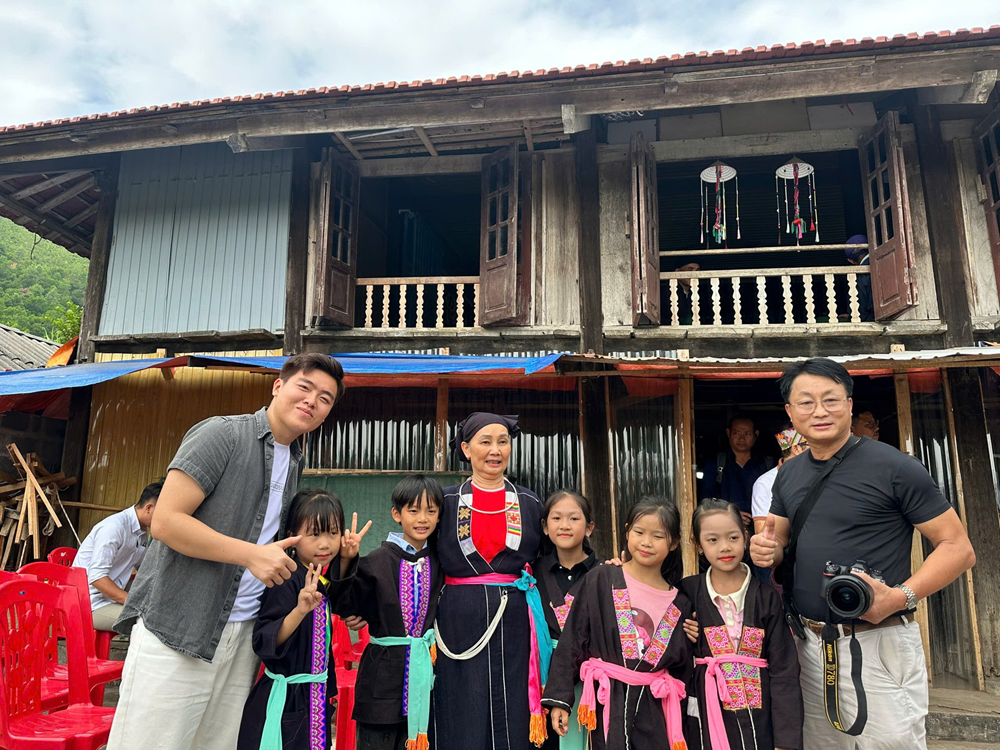
Linking identity with creative industries
Cultural industry is considered a strategic development direction of Thai Nguyen, in which bringing ethnic minority identity into creative products is the focus.
The province currently has 277 craft villages, including 256 tea craft villages - where ethnic minorities and mountainous people participate in large numbers.
Craft villages not only create jobs and increase income but are also vibrant cultural spaces where visitors not only enjoy tea but also hear stories about the land, people, and tea-making culture - values that contribute to forming the Thai Nguyen cultural brand in the creative industry.
In recent years, Thai Nguyen has issued many projects, plans and policies to support tourism development, considering it an important economic sector.
In the third quarter of 2025, Thai Nguyen tourism industry welcomed over 1.8 million visitors, including over 1.3 million domestic visitors and the rest were international visitors. Total tourism revenue reached over 1,881 billion VND. In September alone, the province welcomed over 405 thousand visitors, with estimated revenue reaching 413 billion VND.
These figures show that Thai Nguyen's direction is bringing about clear results - when ethnic minority identities are not only preserved in cultural life, but also become a creative resource, contributing to the formation of typical products, elevating local brands.
Bringing ethnic minority identity into creative products and cultural industries is not only a story of preservation, but also a journey to affirm the bravery and pride of Thai Nguyen people in the modern flow.
Source: https://baovanhoa.vn/van-hoa/dua-ban-sac-dan-toc-thieu-so-vao-san-pham-sang-tao-va-cong-nghiep-van-hoa-o-thai-nguyen-175863.html


![[Photo] The Steering Committee of the 2025 Fall Fair checks the progress of the organization](https://vphoto.vietnam.vn/thumb/1200x675/vietnam/resource/IMAGE/2025/10/20/1760918203241_nam-5371-jpg.webp)

![[Photo] National Assembly Chairman Tran Thanh Man holds talks with Hungarian National Assembly Chairman Kover Laszlo](https://vphoto.vietnam.vn/thumb/1200x675/vietnam/resource/IMAGE/2025/10/20/1760952711347_ndo_br_bnd-1603-jpg.webp)
![[Photo] Chairman of the Hungarian Parliament visits President Ho Chi Minh's Mausoleum](https://vphoto.vietnam.vn/thumb/1200x675/vietnam/resource/IMAGE/2025/10/20/1760941009023_ndo_br_hungary-jpg.webp)
![[Photo] Solemn opening of the 10th Session, 15th National Assembly](https://vphoto.vietnam.vn/thumb/1200x675/vietnam/resource/IMAGE/2025/10/20/1760937111622_ndo_br_1-202-jpg.webp)
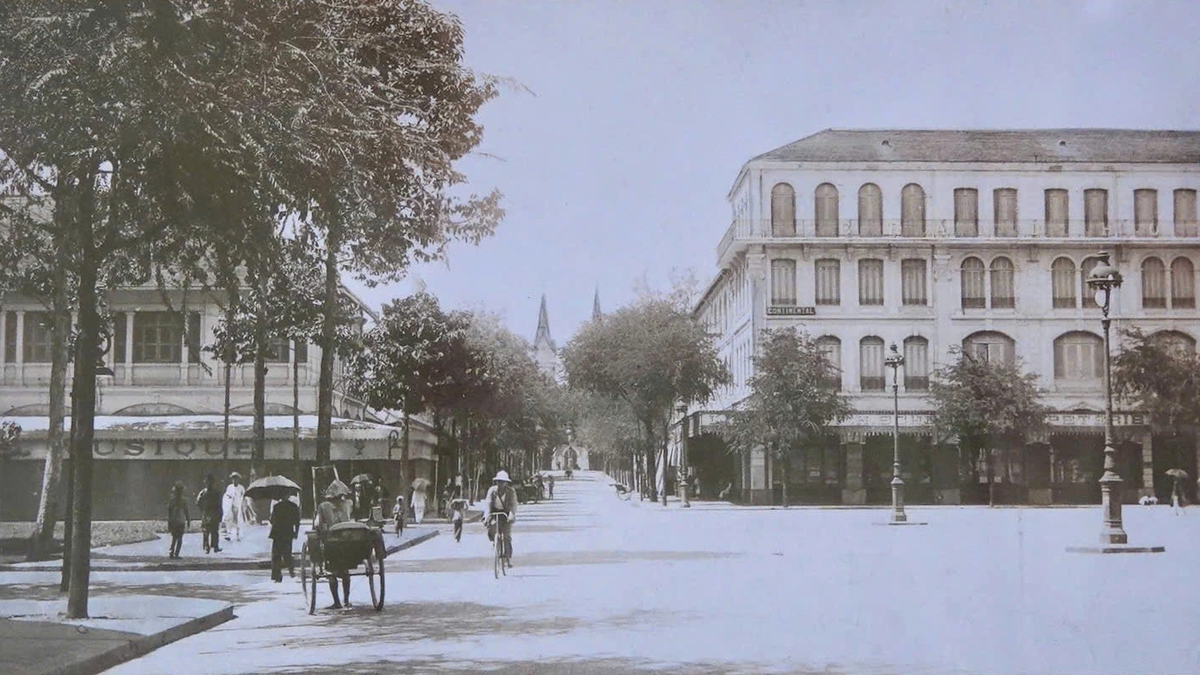
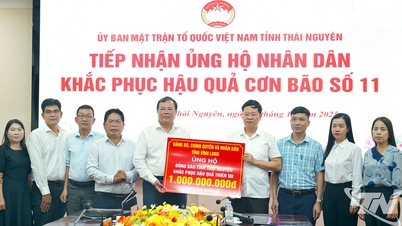





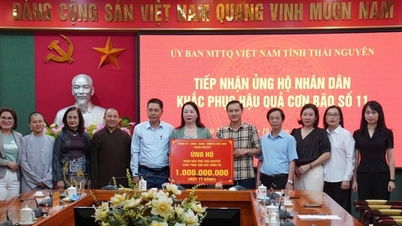

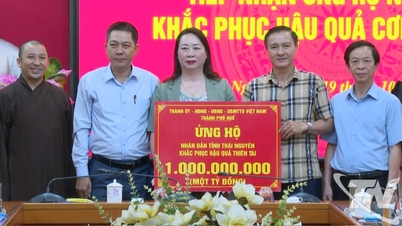
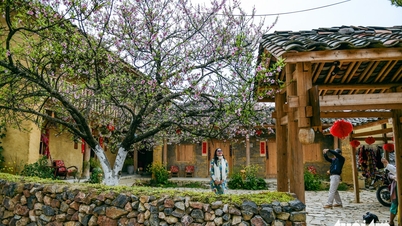

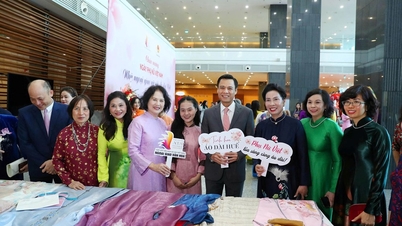






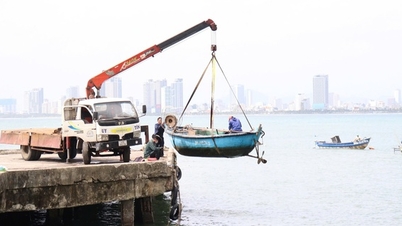
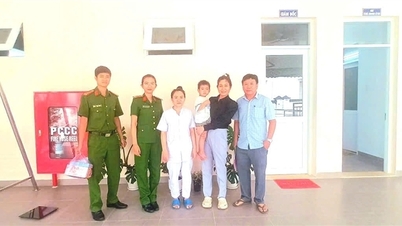





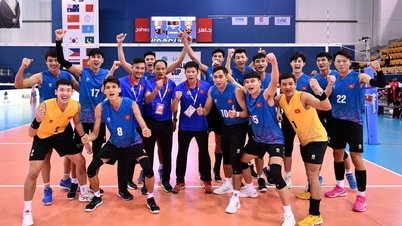
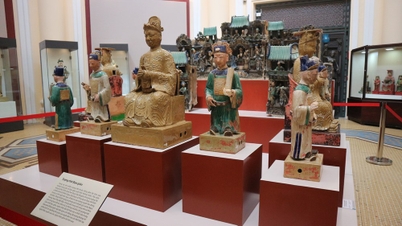
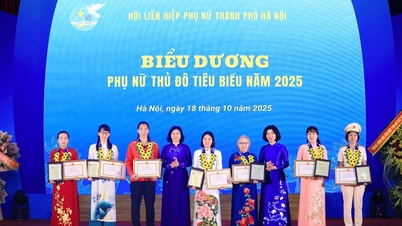
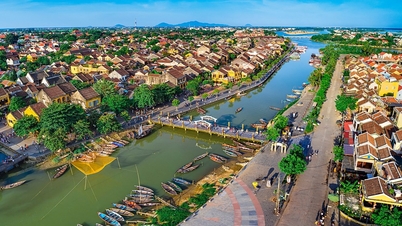
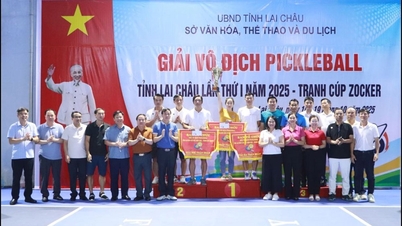

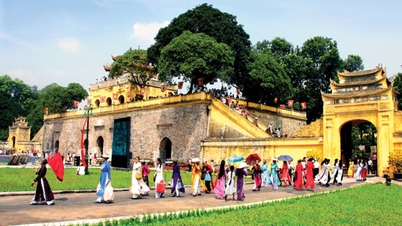
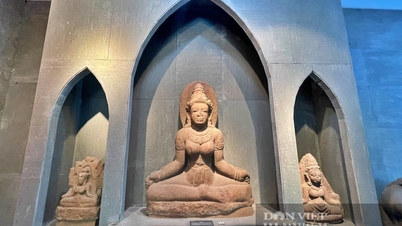

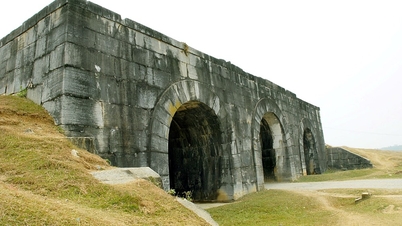
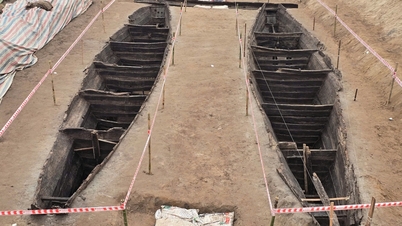

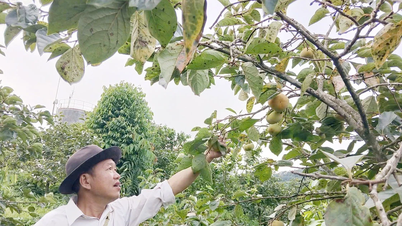

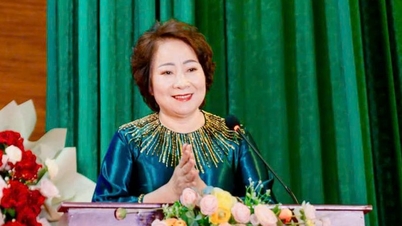


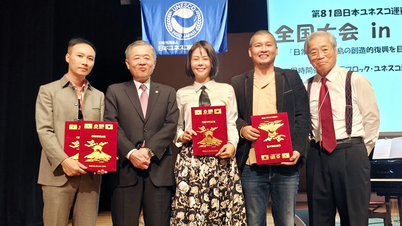

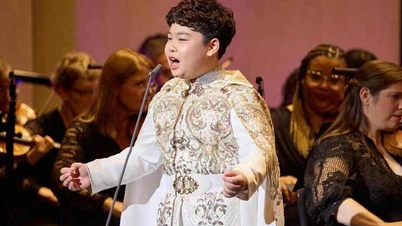

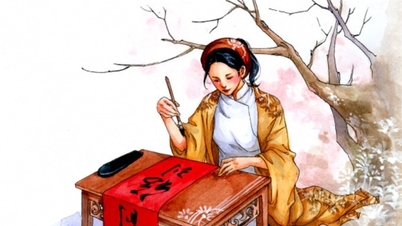


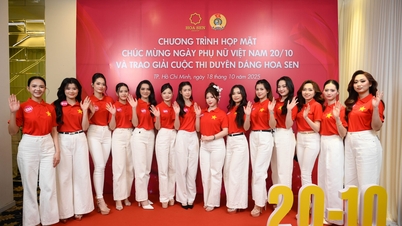

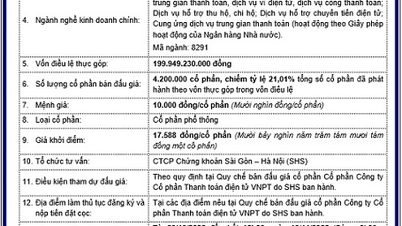
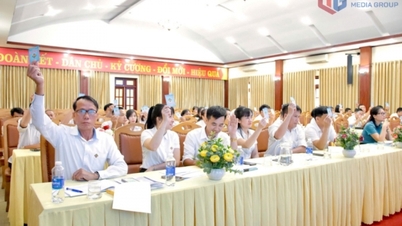

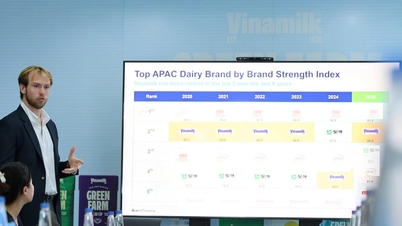










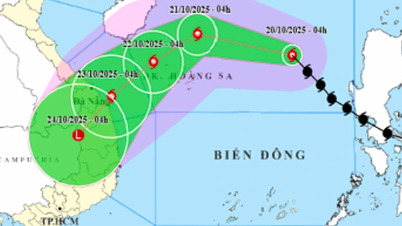

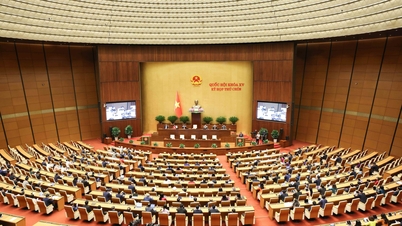
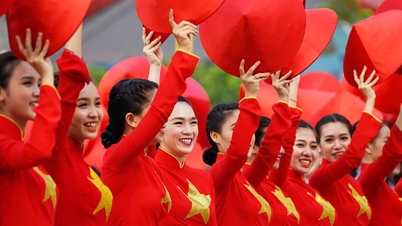

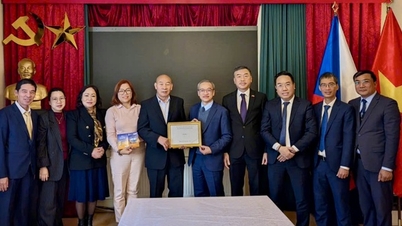

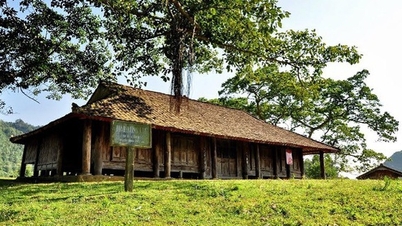
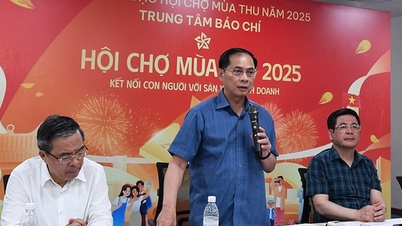
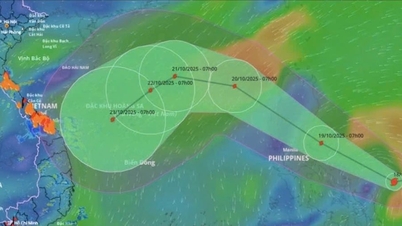

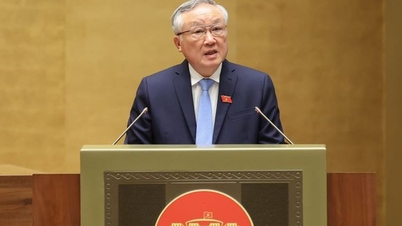
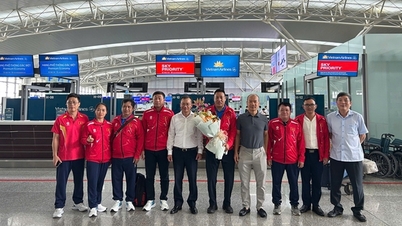
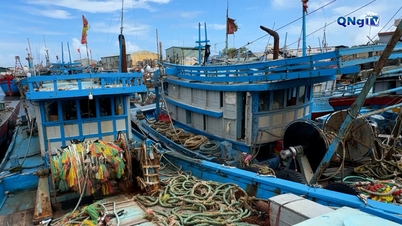

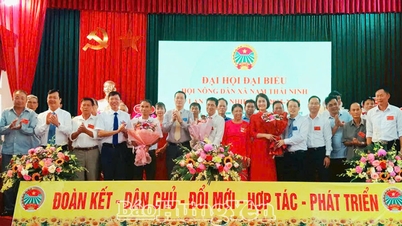















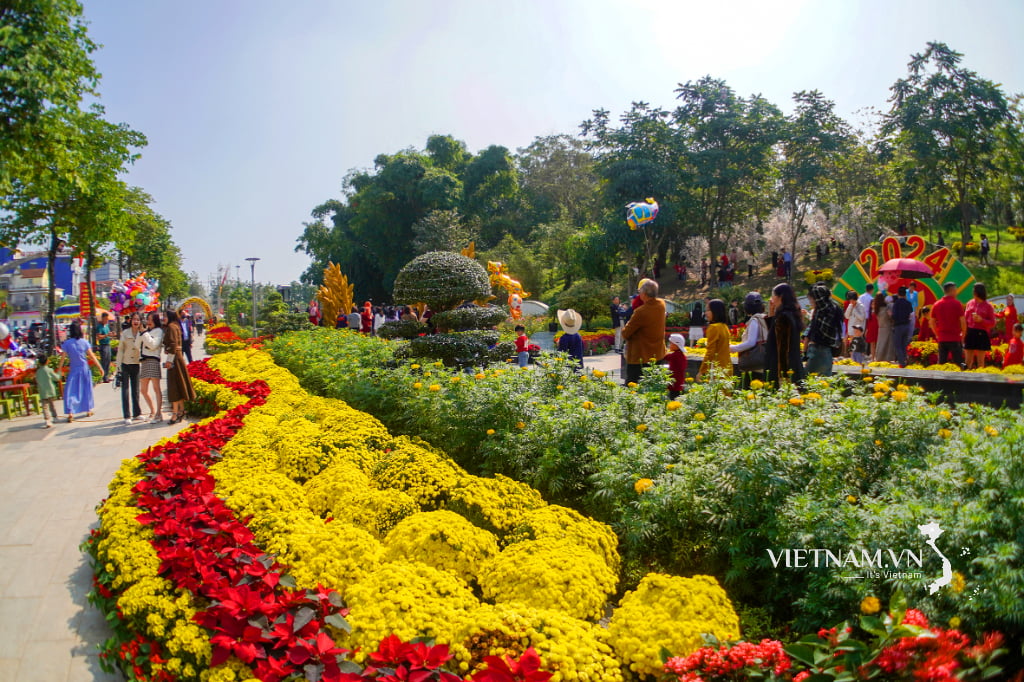



Comment (0)